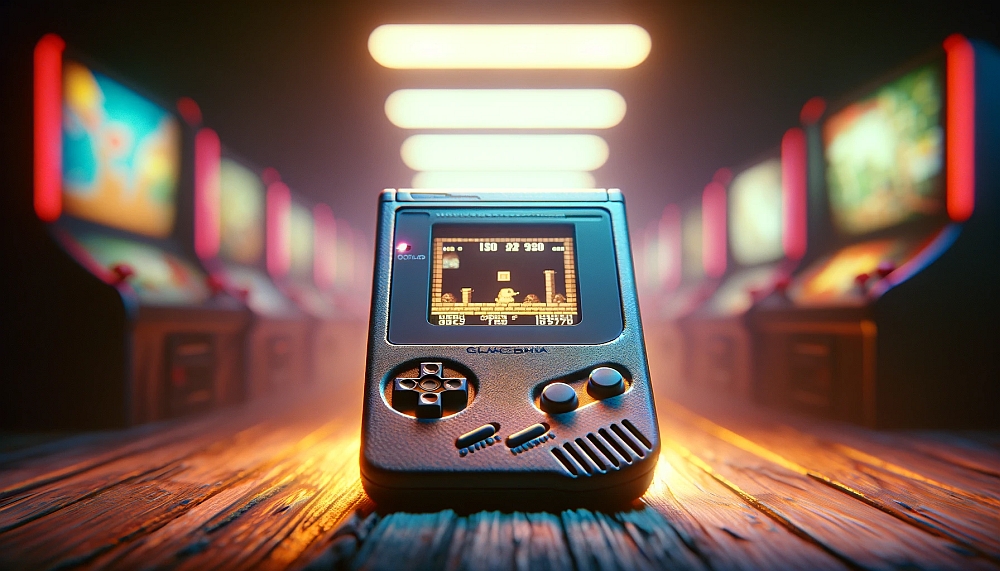
Choosing the right retro handheld gaming device can be a nostalgic journey back to simpler times, filled with pixelated adventures and the unmistakable chiptune melodies of yesteryear. Whether you’re revisiting your childhood favorites or discovering classic games for the first time, selecting the perfect retro handheld requires consideration of several key factors. In this blog post, we’ll guide you through how to choose a retro handheld and what potential pitfalls to avoid.
Understanding Your Gaming Preferences
1. Game Library: Before anything else, consider the games you’re eager to play. Different handhelds support different game libraries. Are you looking for a device that supports games from a specific console like the Game Boy, NES, or Sega Genesis? Or are you interested in a more versatile device that can emulate multiple systems?
2. Authenticity vs. Emulation: Decide if you want an authentic experience with original hardware or if you’re open to emulation. Original devices provide a nostalgic feel but can be more expensive and harder to find in good condition. Emulators, on the other hand, offer flexibility and a broader library of games but might not replicate the exact experience of the original hardware.
Hardware and Build Quality
3. Screen Quality: The display is crucial for enjoying those classic games. Look for devices with bright, clear screens. Size matters too – larger screens may offer a better viewing experience, but they also make the device less portable.
4. Battery Life: Good battery life is a must for gaming on the go. Check user reviews or specifications for battery performance to ensure your device can keep up with your gaming sessions.
5. Build Quality: A sturdy build quality means your handheld can withstand the rigors of travel and frequent use. Retro devices might show their age, so examine the condition carefully if you’re buying second-hand.
Connectivity and Extras
6. Multiplayer Capabilities: Some retro handhelds offer multiplayer options, either through link cables or wireless connections. If you’re looking to relive multiplayer classics with friends, make sure your chosen device supports this feature.
7. Additional Features: Modern retro handhelds might come with extra features such as the ability to save states, backlit screens, or even Wi-Fi connectivity for downloading additional games. Decide which features are must-haves for your gaming experience.
Potential Pitfalls to Avoid
1. Poor Emulation Quality: Not all emulators are created equal. Poor emulation can lead to inaccurate game speeds, graphical glitches, or sound issues. Research and read reviews to ensure the device handles emulation well.
2. Limited Game Support: Some devices may promise a broad library but fail to support certain games or systems accurately. Make sure the device you choose supports the games you’re most interested in.
3. Low-Quality Reproductions: The market is flooded with cheap reproductions and clones that may not offer the quality or durability of more reputable brands. Avoid these by purchasing from reputable sellers or directly from the manufacturer when possible.
Choosing the right retro handheld is a personal journey that combines nostalgia, gaming preferences, and practical considerations. By carefully evaluating your options and being aware of potential pitfalls, you can select a device that offers countless hours of retro gaming fun. Whether you’re a seasoned gamer looking to revisit your childhood or a newcomer eager to explore the classics, the perfect retro handheld is out there waiting for you.

